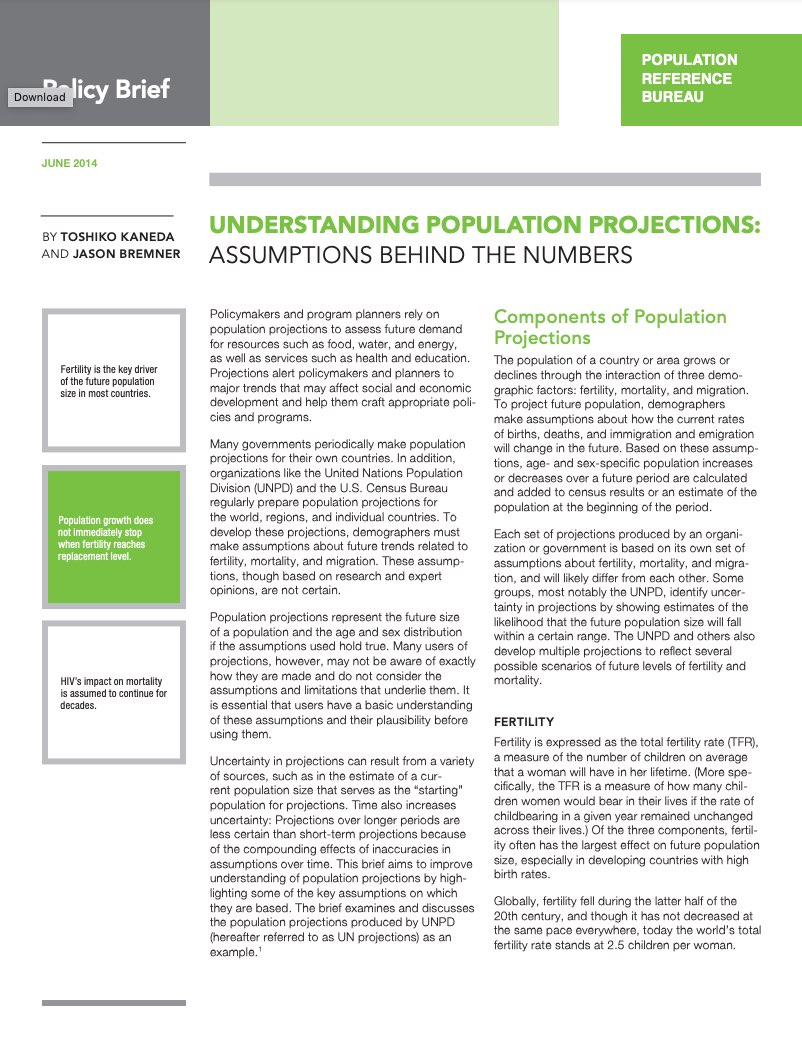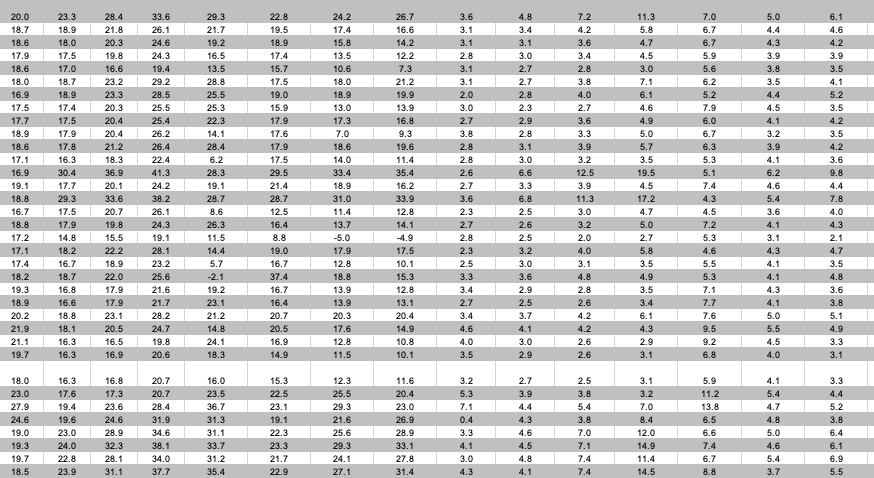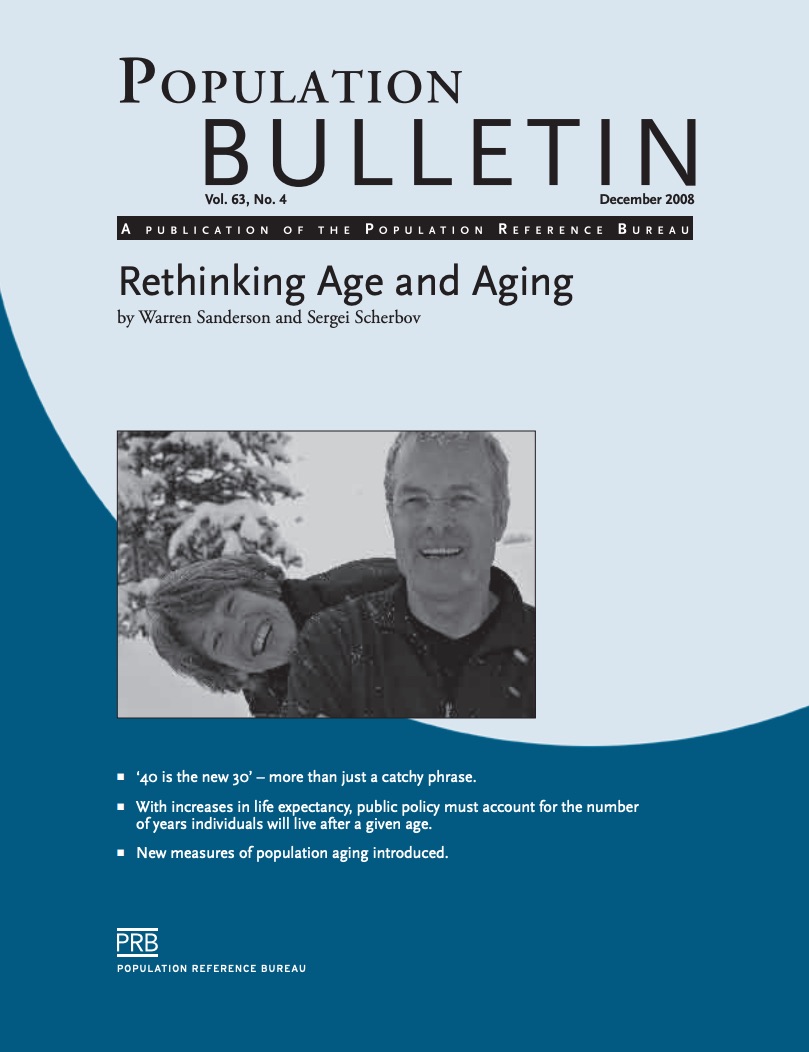How Many People Have Ever Lived on Earth?
The global population milestone of 8 billion represents nearly 7% of the total number of people who have ever lived on Earth.

The global population milestone of 8 billion represents nearly 7% of the total number of people who have ever lived on Earth.

Project: PACE: Policy, Advocacy, and Communication Enhanced for Population and Reproductive Health
Collecting, analyzing, and using gender-related indicators in projects is critical to addressing many of the underlying challenges that communities around the world face, particularly in integrated Population, Health, and Environment (PHE) projects.
(2008) Higher education in the United States is increasingly out of reach for many young adults. Over the past decade, tuition costs at public four-year institutions have risen by 4.2 percent per year after inflation.

(2008) The U.S. population is aging: The ratio of elderly to the working-age population in the United States will roughly double over the next few decades, straining the finances of the U.S. Social Security system and other government programs.

(December 2008) According to the United Nations (UN), "Population ageing is unprecedented, without parallel in human history and the twenty-first century will witness even more rapid ageing than did the century just past."

(December 2008) According to the United Nations (UN), "Population ageing is unprecedented, without parallel in human history and the twenty-first century will witness even more rapid ageing than did the century just past."